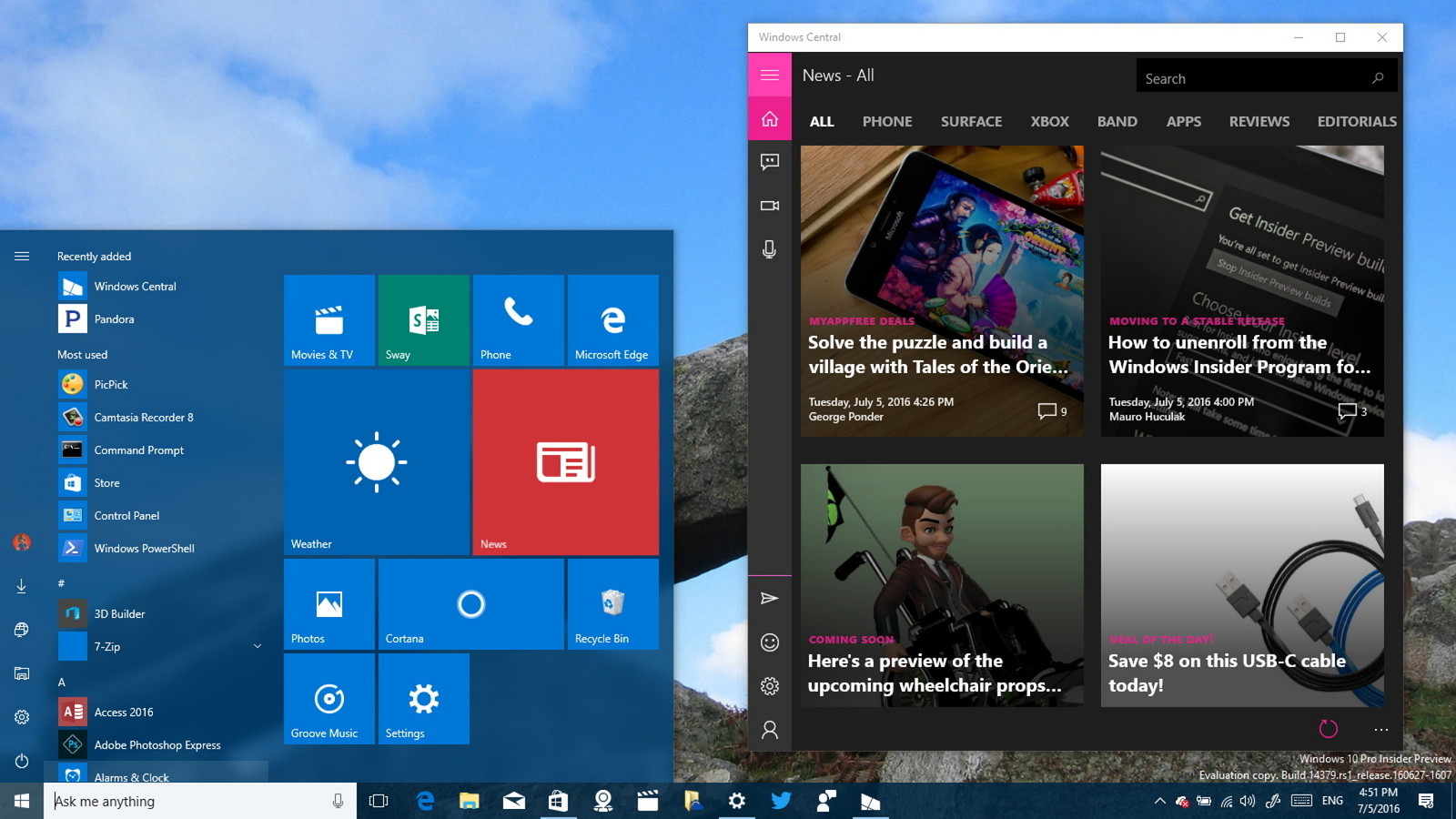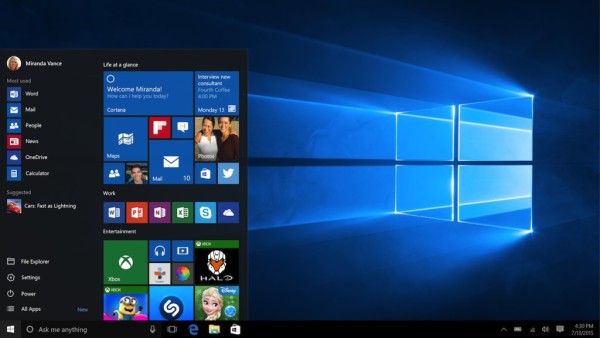

Win 10 1607 Download Windows 1803
I've found it to be the second easiest method.If that fails, you can try booting from a bootable USB. If you are mounting the ISO to a virtual drive, you be able to click on the virtual dive letter and select Setup. It's a straightforward autopilot install.If that fails, you can download Windows 1803 (April 2018) from the Microsoft website and use the media creation tool to either create an ISO file to mount to a virtual drive or burn to a bootable USB. S.NoPatch DescriptionBulletin idSeverity62Prerequisite Handler for Meltdown and SpectreMS18JAN5Critical81Prerequisite Handler for Meltdown and SpectreMS18JAN5Critical222Disable Windows Automatic UpdateMSWU2853UnratedView 314 more rowsThe easiest method is to use the Windows 10 Update Assistant.
If your system is using an older legacy BIOS, you will select the option that doesn't contain EFI in the label. In my own personal experience, the EFI installs tend to be more tempermental, and sometimes it will take multiple attempts to complete sucessfully. If you have an EFI BIOS, your HDD's/SSD's partition table will likely be set as GPT, and you will need to select the corresponding EFI USB device.
...



 0 kommentar(er)
0 kommentar(er)
